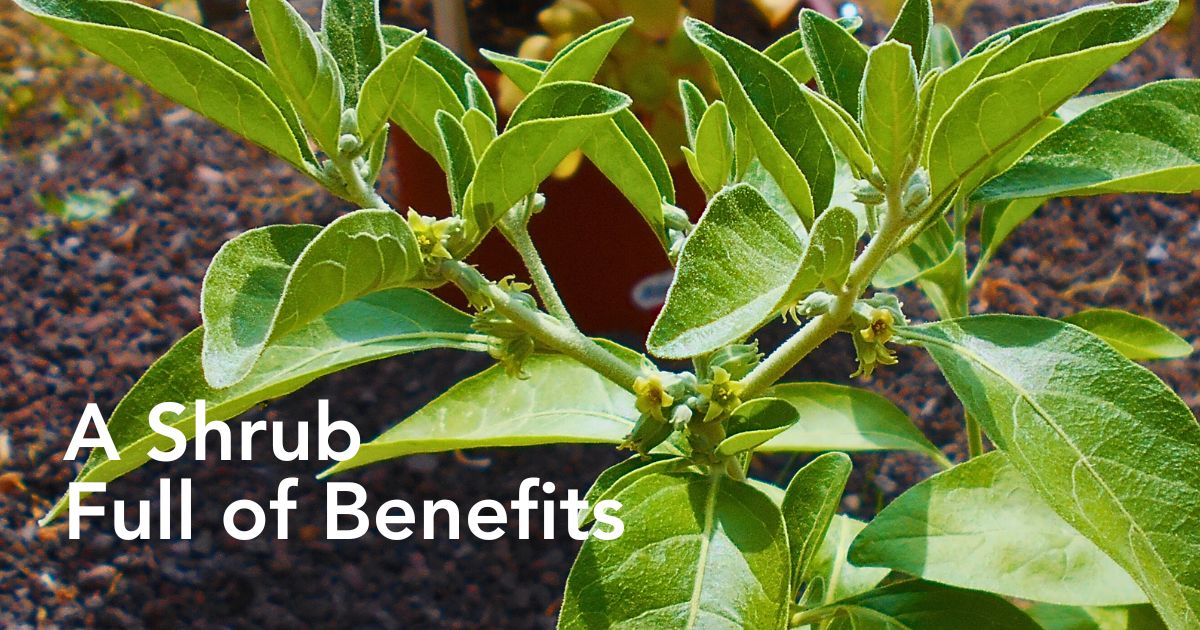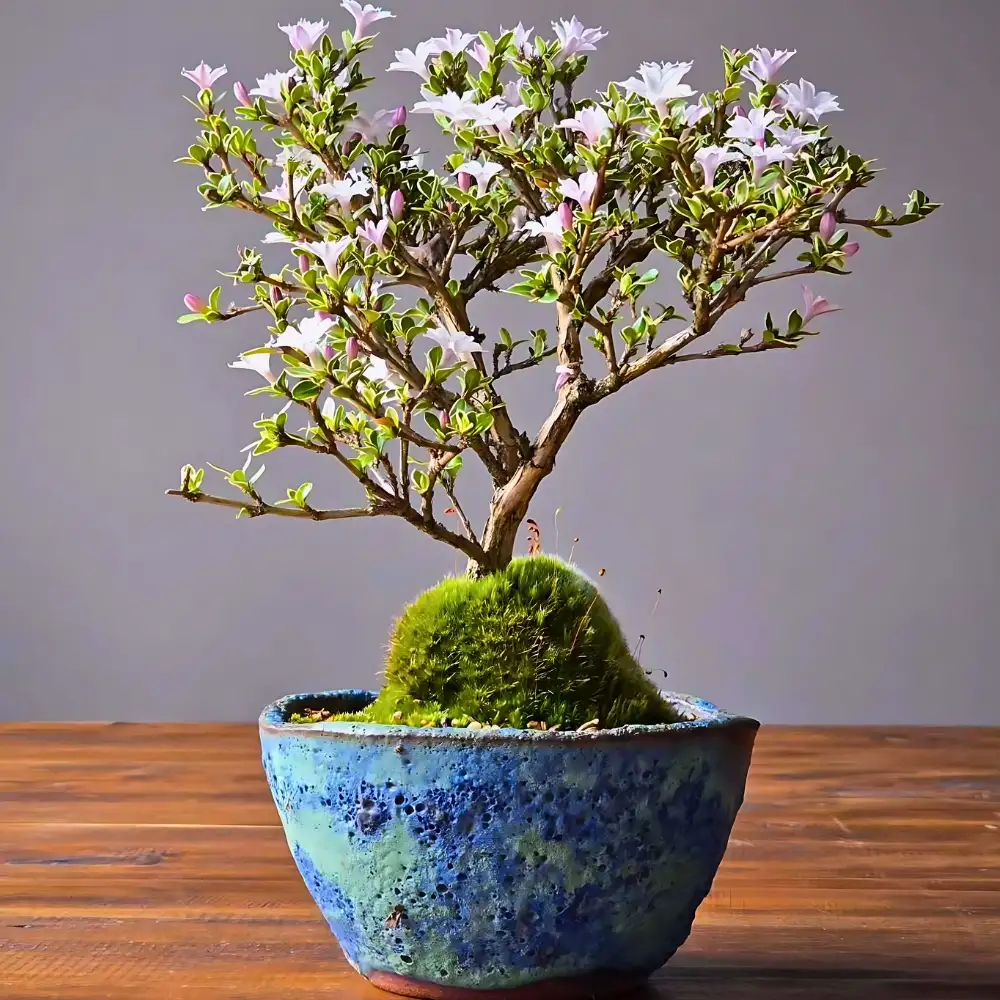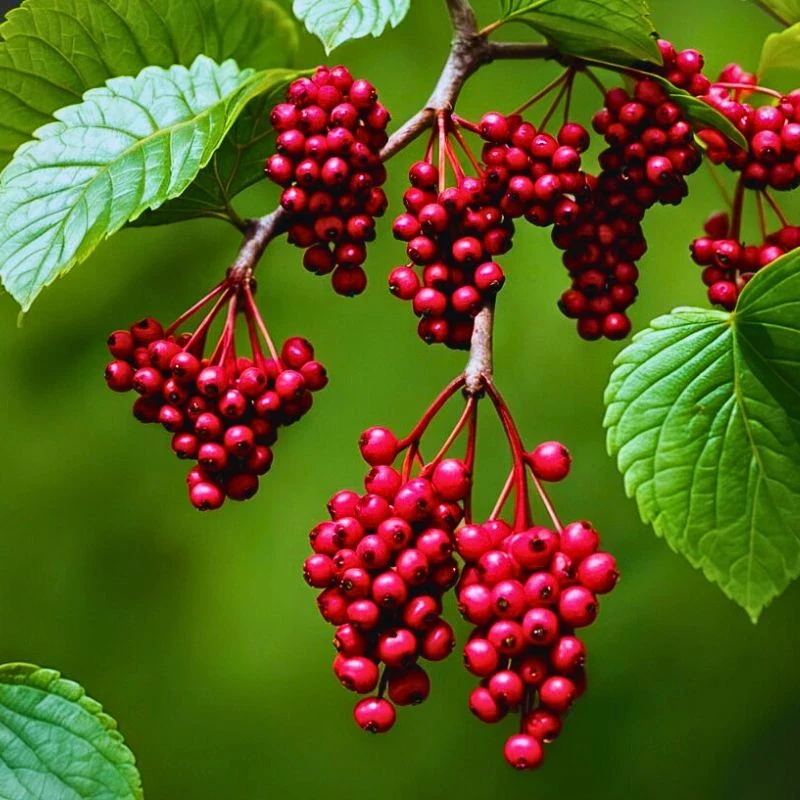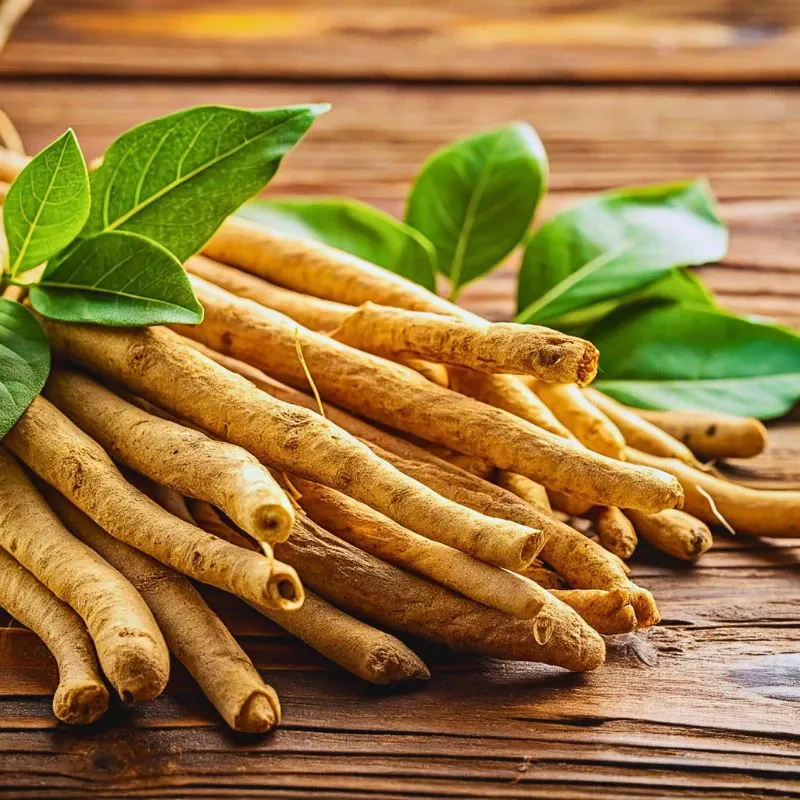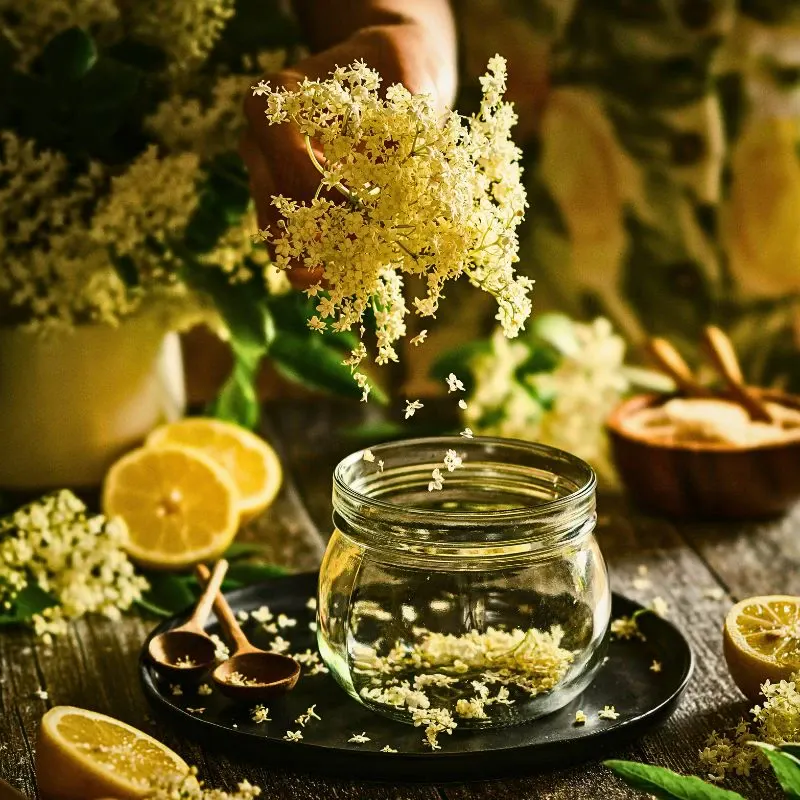Native to the Middle East, the Indian subcontinent, North Africa, other African regions, and southern Europe, the ashwagandha plant, scientifically known as Withania somnifera, is an evergreen shrub in the Solanaceae (nightshade) family. Although it shares a lineage with tomatoes and eggplants, its most sought-after part is the ashwagandha root - the source of countless root-extract preparations used in Ayurveda, alternative medicine, and an ever-growing list of randomized, double-blind, placebo-controlled trials. Contemporary researchers value the plant for its potential to modulate stress hormones such as cortisol, improve cognitive function, and bolster overall physical and mental stress resilience.
In the course of its being, the ashwagandha plant has earned numerous common names throughout its extensive geographical range. These include Indian ginseng, winter cherry, and poison gooseberry; each reflecting different aspects of its appearance of properties. The name 'ashwagandha' itself originates from Sanskrit, combining 'ashva' (horse) and 'gandha' (smell), referring to the distinctive horse-like odor emanating from its fresh roots. But then again, there is more to this plant than what meets the eye. It is a plant that you definitely should know about.
The Physical Attributes of Ashwagandha Plants - Withania somnifera
The ashwagandha plant presents a distinctive appearance that makes it easily recognizable among medicinal herbs. These plants (ashwagandha) typically grow as short shrubs, reaching heights between 30 centimeters to 3 meters, though most commonly achieve heights of 35-75 centimeters. Mature ashwagandha plants develop a bushy, branching structure with multiple stems emerging from a central root system.
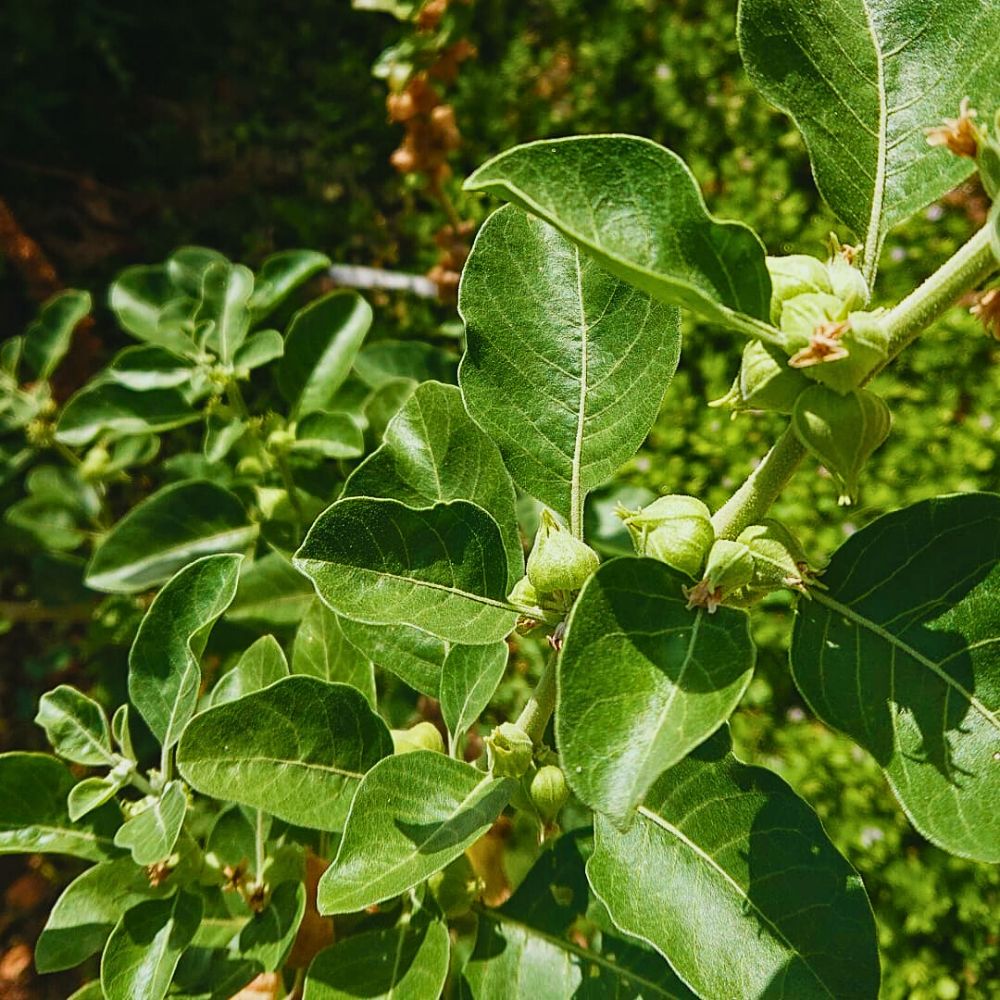
Ashwagandha plants’ leaves are particularly notable for their dull green, elliptical shape, measuring approximately 10-12 centimeters in length and 4 centimeters in width. These leaves display a slightly hairy texture and exhibit an alternate arrangement on the stems, forming an attractive foliage pattern that remains present throughout the growing season.
The flowers of the ashwagandha plant are small and inconspicuous, typically measuring only a few millimeters across. These bell-shaped flowers display a greenish-yellow color that blends, almost, delightfully with the surrounding foliage. The flowering period extends from spring through fall, with the plants producing clusters of these modest flowerets in the leaf axils.
Perhaps most distinctive are the berries of ashwagandha plants, which develop after successful pollination. These small, round fruits initially appear green but gradually ripen to a vivid orange-red color. The berries are enclosed within inflated, papery calyxes that create a lantern-like appearance reminiscent of physalis or Chinese lanterns. These berries also signal the moment when the ashwagandha root extract inside the soil has reached peak potency. This unique fruit structure makes the ashwagandha plant easily identifiable during its fruiting season.
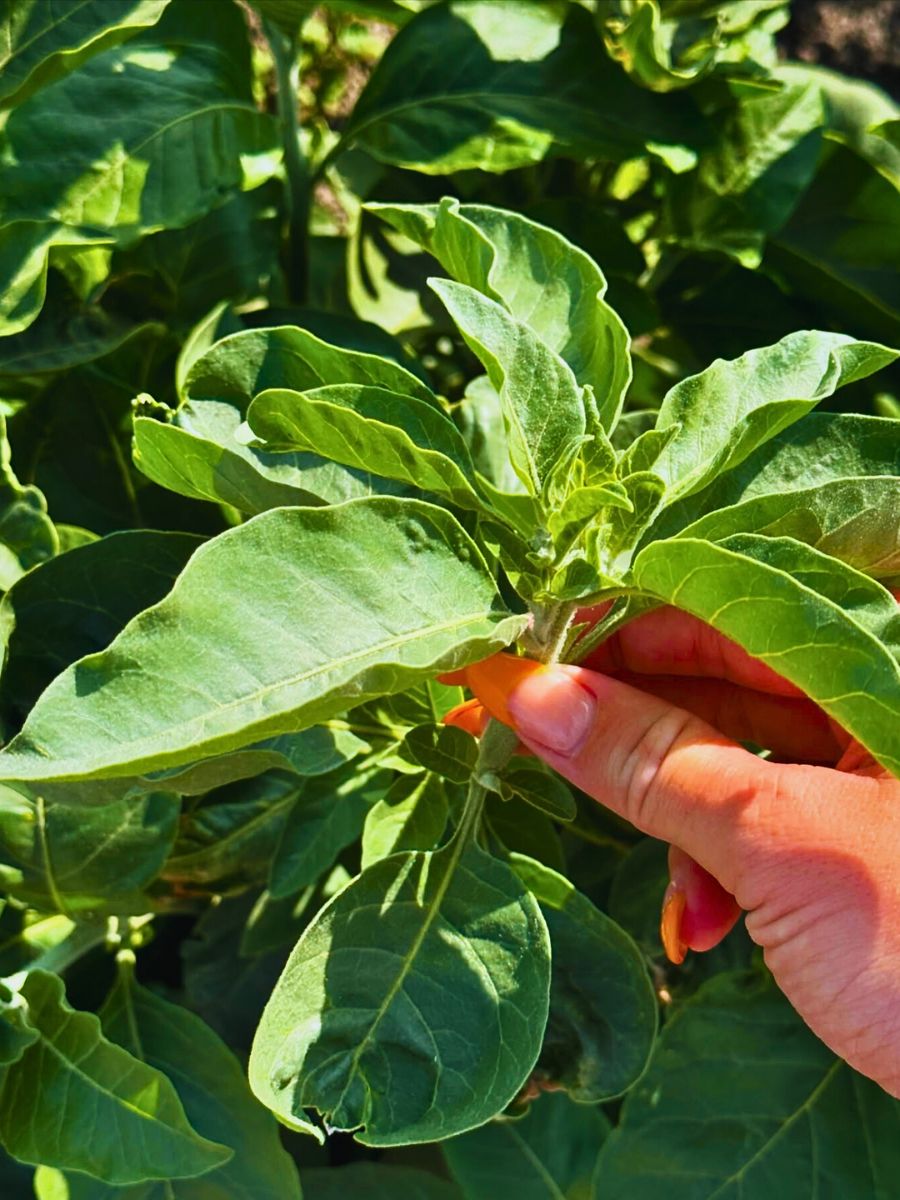
Where Ashwagandha Plants Grow Naturally
The natural distribution of ashwagandha plants spans an impressive geographical range across multiple continents. Originally native to the Indian subcontinent, ashwagandha plants have established themselves throughout tropical and subtropical regions of Asia, Africa, and southern Europe. The extensive distribution shows the adaptability of the plant to diverse environmental conditions.
In its native habitat, the ashwagandha plant thrives in the dry, stony soils of the Indian subcontinent, particularly in regions with minimal rainfall and abundant sunshine. Major growing areas include the Indian states of Rajasthan, Punjab, Haryana, Uttar Pradesh, Gujarat, Maharashtra, and Madhya Pradesh. These regions provide the ideal combination of warm temperatures, well-drained soils, and moderate precipitation that supports optimal growth of ashwagandha plants.
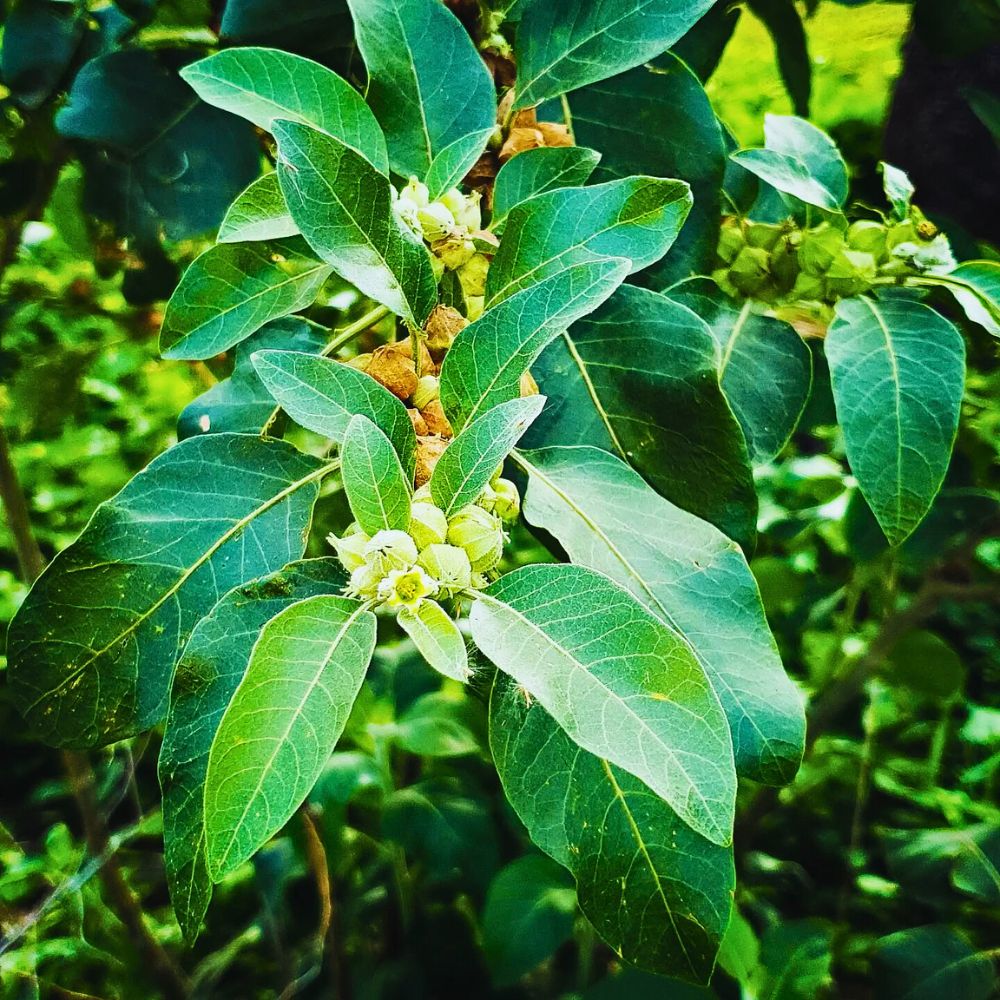
Outside India, ashwagandha plants have successfully naturalized in various regions, including parts of the Mediterranean, North Africa, the Middle East, and even extending into southern China. The plant's ability to establish itself in diverse climatic conditions from the Mediterranean coast to the arid regions of the Middle East further speaks to its outstanding environmental flexibility.
Ashwagandha Plants’ Cultural Symbolism and Spiritual Significance
Ashwagandha holds unique symbolic and spiritual meaning across various societies, particularly in India and the broader South Asian region. Its cultural significance extends outside its medicinal properties, adding mythological, religious, and spiritual dimensions that have generally shaped its reverence.
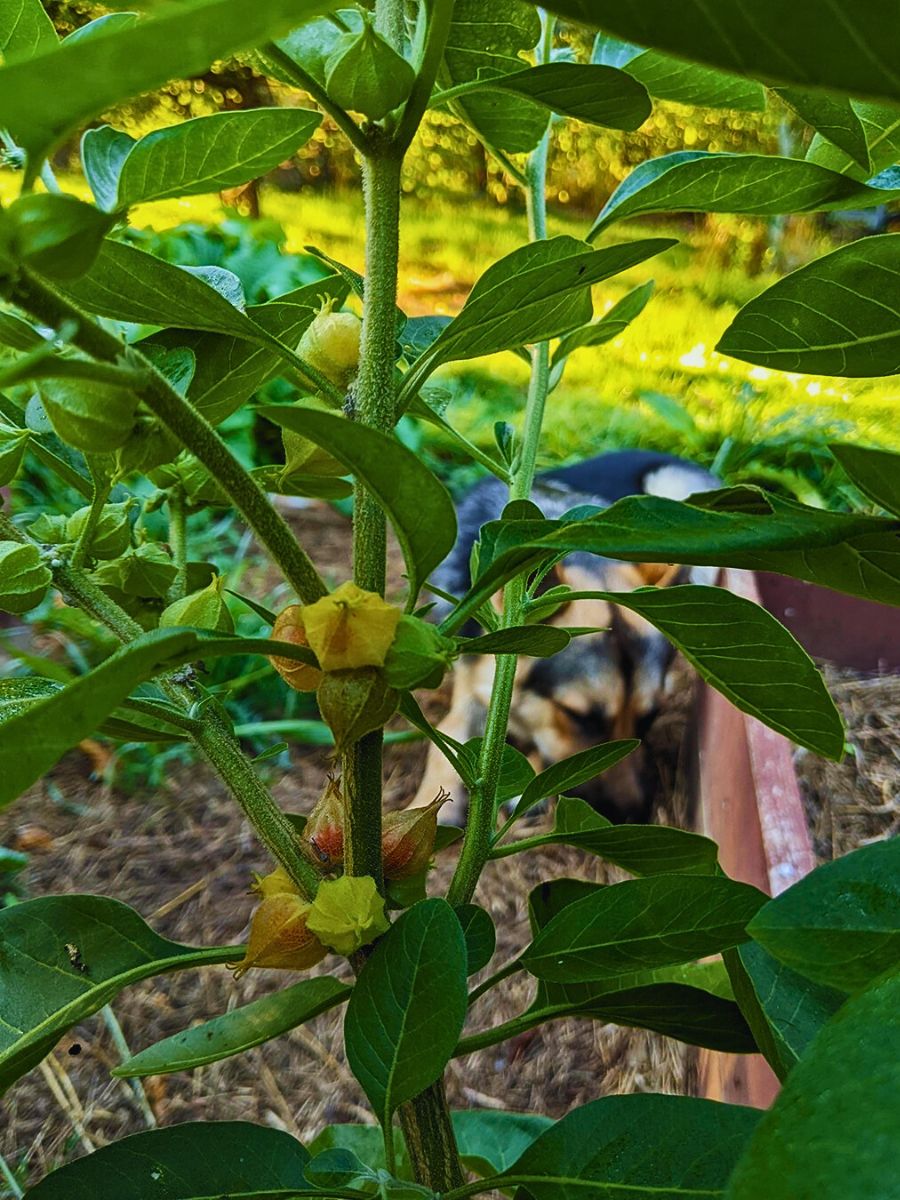
Symbolism of Ashwagandha in Hinduism and Its Vastu Associations
In Hindu tradition, the plant ashwagandha finds plenty of mentions in various Vedas, Puranas, and holy texts, including the Mahabharata and the Ramayana. The text, Ramayana, specifically mentions five major medicinal plants, namely, Sanjeevani (Selaginella bryopteris), Brahmi (Bacopa monnieri), Tulsi (Ocimum sanctum), Chandan (Santalum album), and Aswagandha (Withania somnifera).
According to Vastu, the plant is strongly associated with the planet Ketu (in Modern astrology, it resembles the Southern Node of the Moon), and it is said that planting an Ashwagandha eliminates all kinds of Vastu doshas and is said to attract wealth, peace, and prosperity in the righteous way.
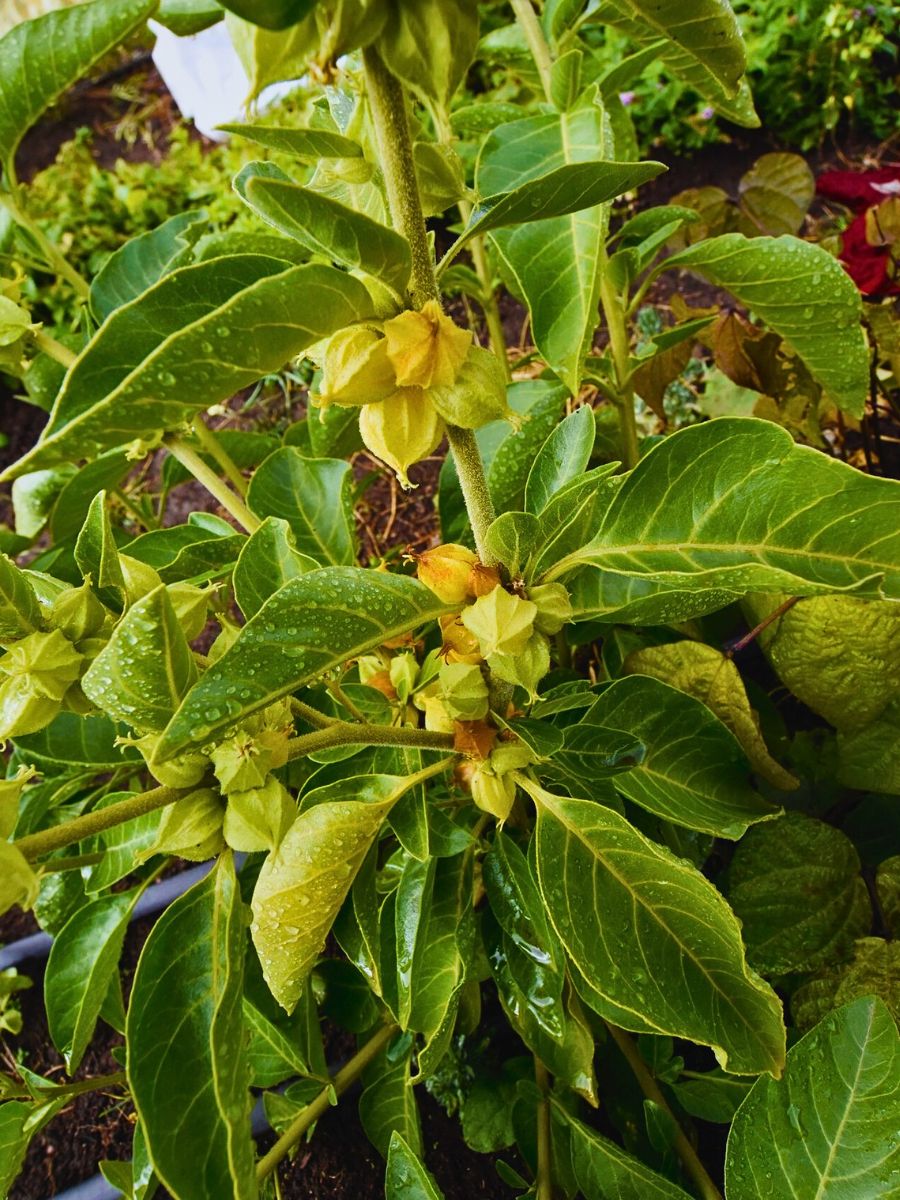
Ayurvedic Spiritual Classification of Ashwagandha Plant
In Ayurveda, ashwagandha is revered as a 'Rasayana', a category of substances that promote rejuvenation and spiritual uplifting through plants. The term 'Rasayana' itself suggests something that enhances the essence of life, which positions ashwagandha as more than just a medicine: as a spiritual tonic that brings harmony to mind, body, and spirit. Considering the sub-group of Rasayanas, ashwagandha falls under the Medhyarasayanas, the ones that typically enhance intellectual and mental capacity with mentions in Ayurvedic texts dating back to the time of Charak Samhita and Susruta Sanhita, tracing its existing and popularity as a medicinal plant, for almost 8,000 years.
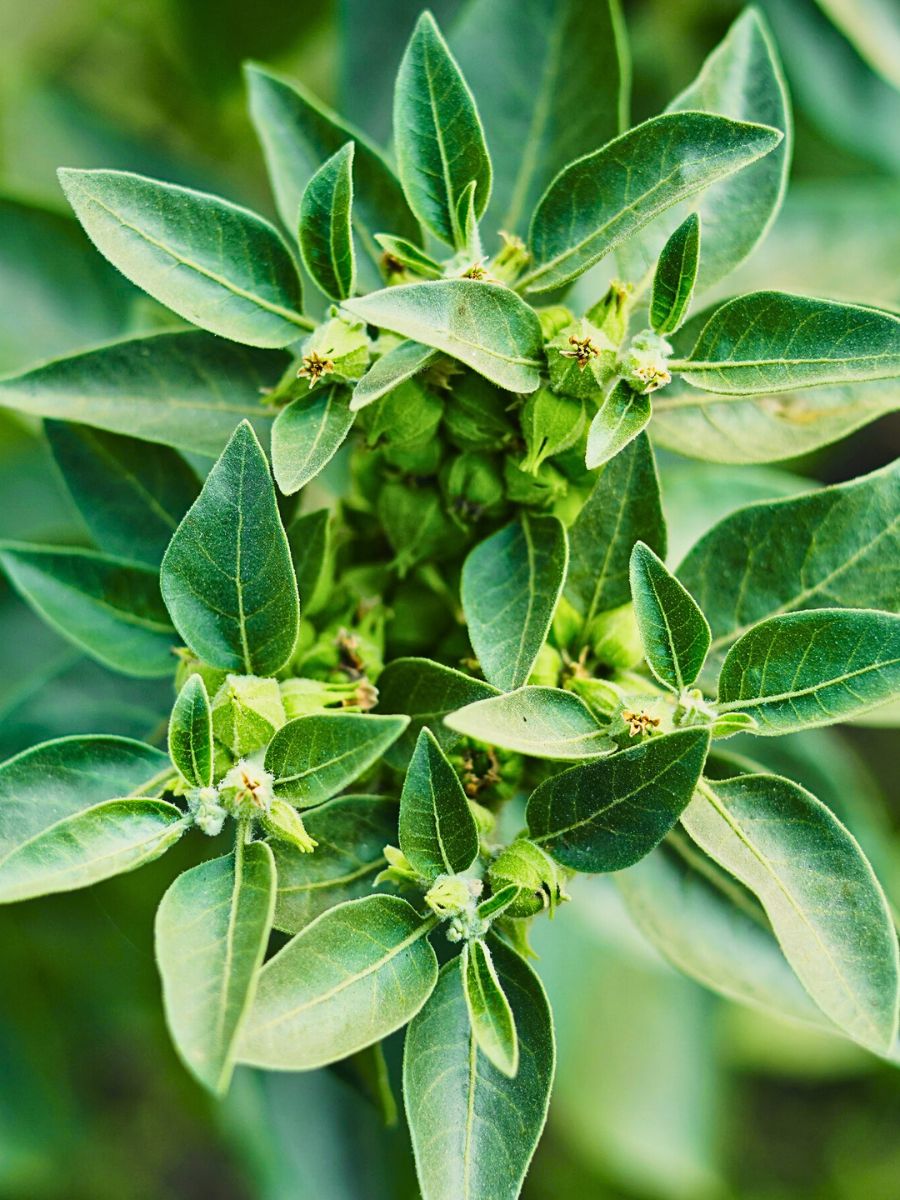
Throughout South Asia, ashwagandha's cultural significance varies while maintaining core symbolic themes. In Nepal, traditional healers have used locally cultivated ashwagandha as part of indigenous medical knowledge systems, viewing it as essential for maintaining physical and spiritual well-being.
Modern Spiritual Interpretations of the Ashwagandha Plant
Contemporary spiritual practitioners often view ashwagandha as an herb of stable relationships, healthy boundaries, and compromise. It is believed to promote calm, constructive communication and mutual trust and respect, which makes it valuable for rituals focused on bringing accord to strained relationships or cultivating compassion. This modern interpretation mirrors the herb's traditional association with balance and spiritual equilibrium.
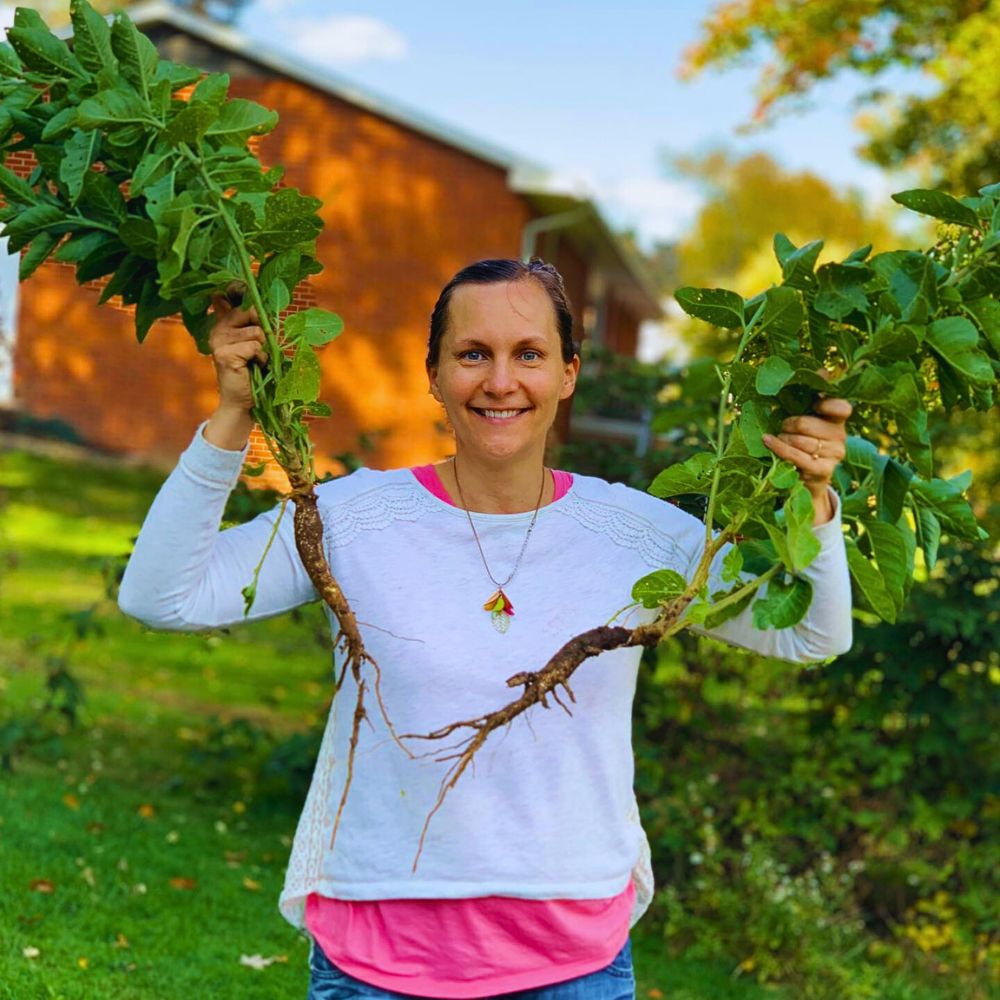
The cultural symbolism and significances of ashwagandha across different societies show its importance as more than a medicinal plant; it signifies a connection between physical vitality and spiritual enlightenment. It embodies humanity's eternal quest for strength, resilience, and divine connection.
Optimal Growing Conditions for Ashwagandha Plants
Knowing the preferred growing conditions is essential for anyone interested in cultivating ashwagandha plants successfully. While the plant shows amazing resilience and adaptability, certain environmental factors significantly influence its growth and development.
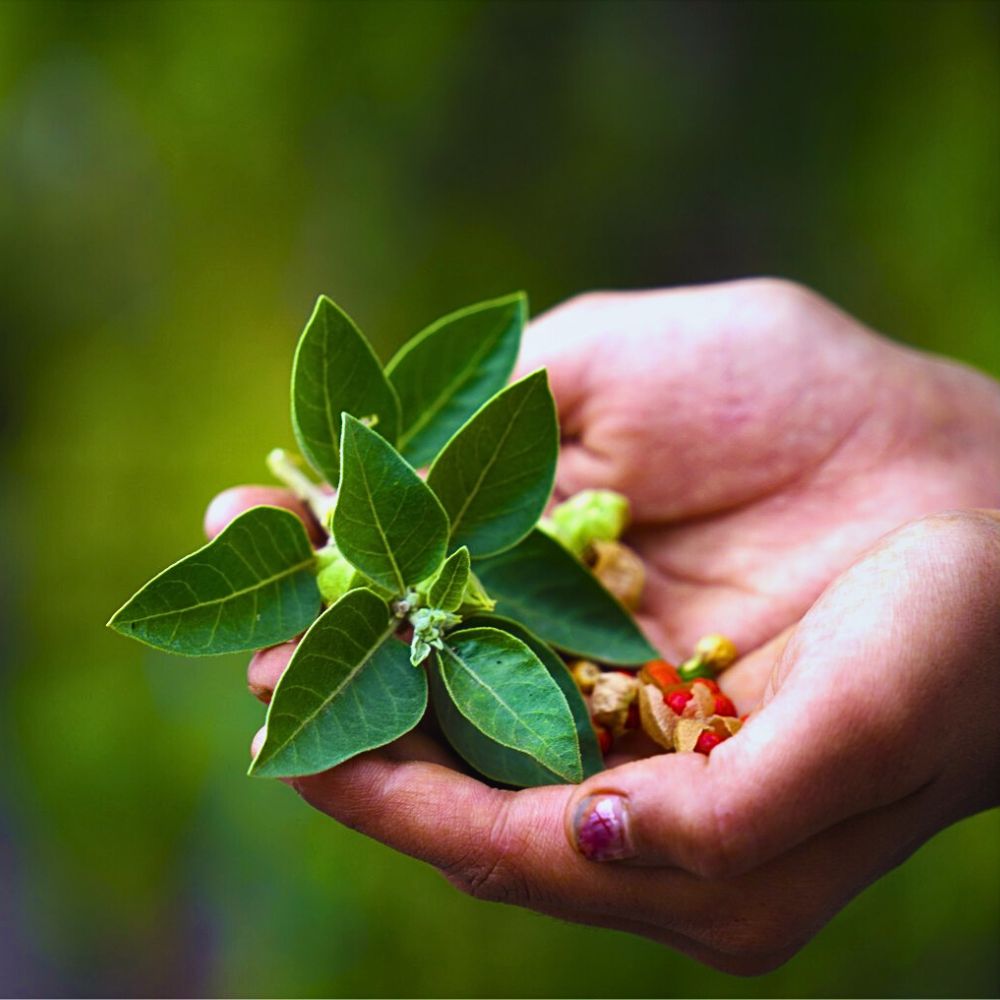
Climate requirements for ashwagandha plants favor warm, dry conditions with temperatures ranging between 20-30°C (68-86°F). These plants prefer full sun exposure, requiring at least six hours of direct sunlight daily for optimal growth. The ashwagandha plant shows excellent drought tolerance once established; thus, it is particularly well-suited for regions with limited water availability.
Soil preferences for ashwagandha plants lean toward well-draining, sandy or loamy soils with a slightly alkaline pH between 7.5 and 8.0. The plants tolerate poor, rocky, or disturbed soils, often thriving in conditions where other crops might struggle. This adaptability makes these plants perfect for cultivation in marginal agricultural areas.
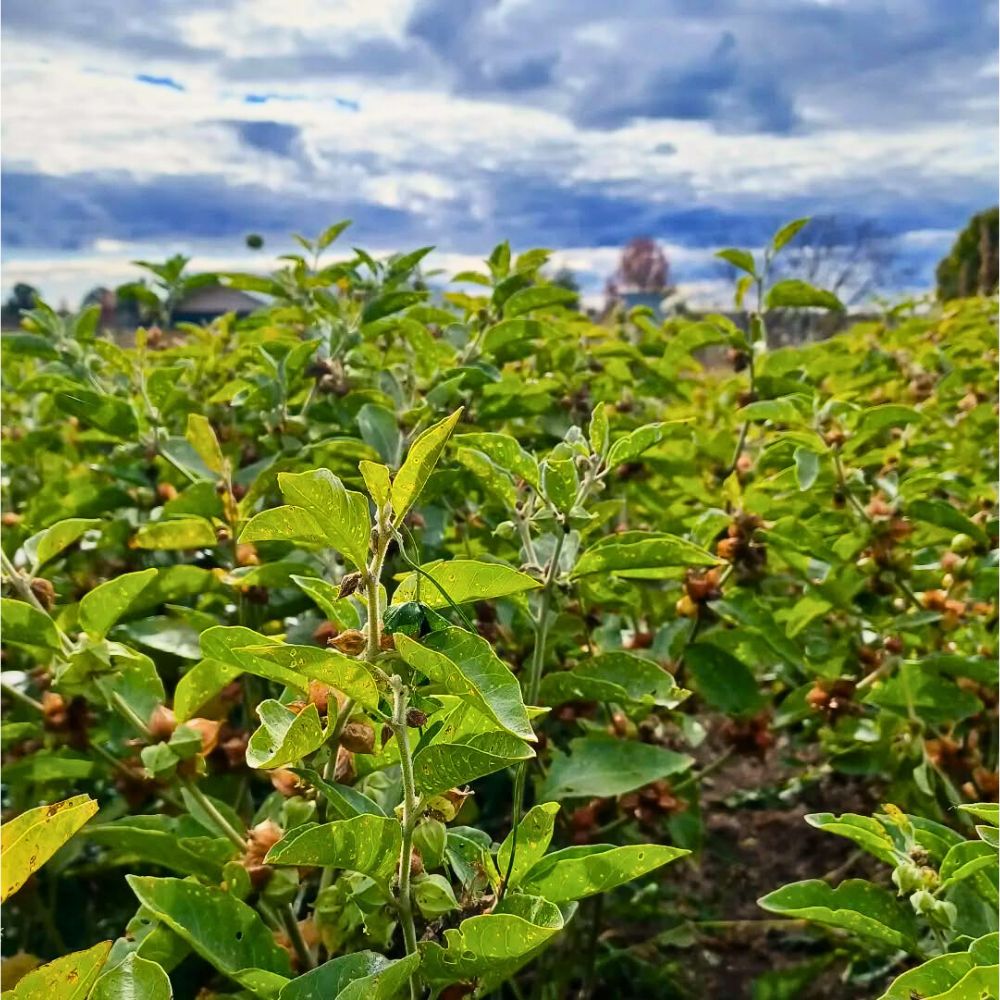
Water requirements for ashwagandha plants are relatively modest, with the shrubs preferring consistent but not excessive moisture. Overwatering can lead to root rot, so maintaining proper drainage is crucial for healthy plant development. The drought-resistant nature of ashwagandha plants also makes them particularly suitable for regions with irregular rainfall patterns.
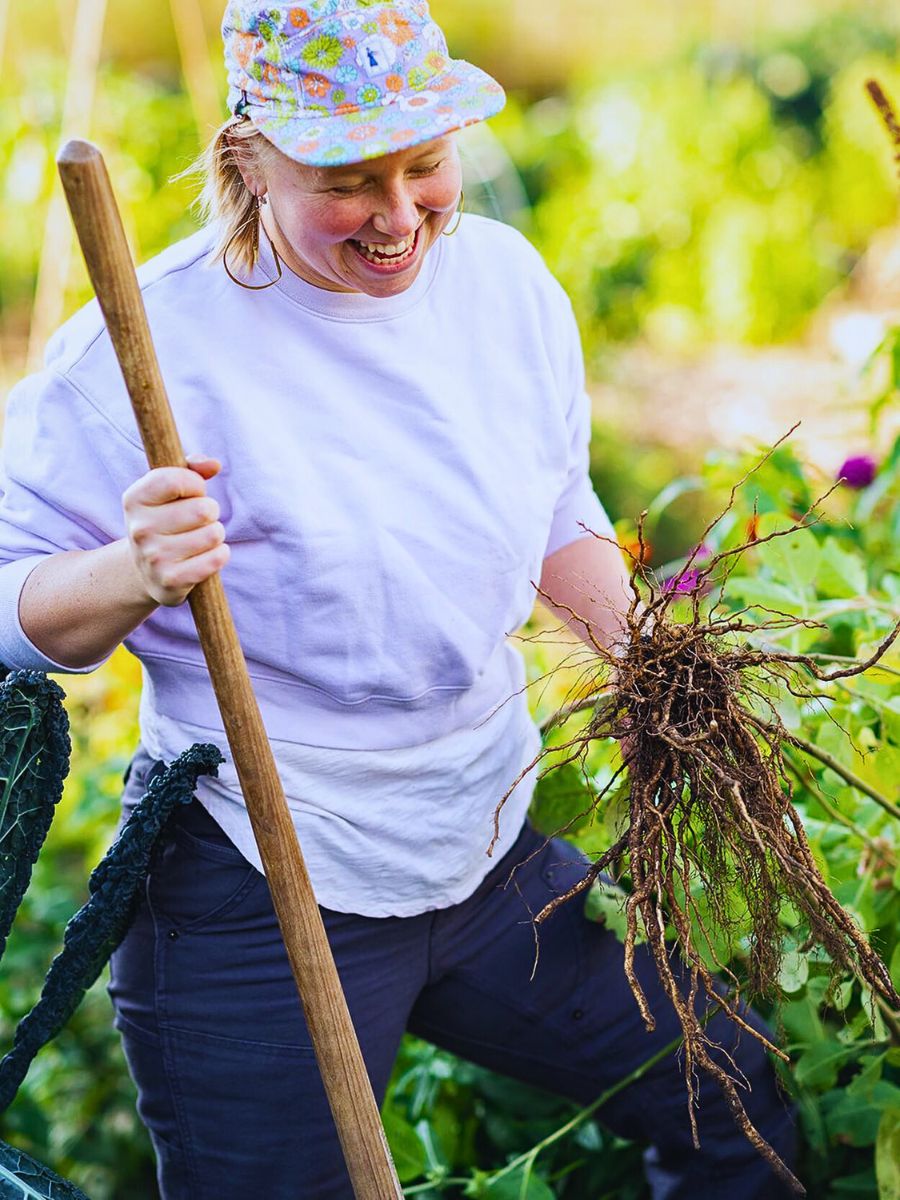
How to Grow Ashwagandha Plant From Seeds
The process of how to grow an ashwagandha plant begins with obtaining quality seeds from reputable sources, as seed viability directly impacts germination success. Seed preparation for ashwagandha plants involves soaking the small seeds in warm water for 24 hours before planting. This pre-treatment softens the seed coat and significantly improves germination rates. The seeds should be planted in well-draining seed-starting mix at a depth of approximately 1-3 centimeters.
Temperature control during germination is crucial for successful ashwagandha plant establishment. Seeds germinate best at temperatures between 20-25°C (68-77°F), typically requiring 10-14 days for emergence. Maintaining consistent moisture during this period is essential, but care must be taken to avoid waterlogging, which can cause seed rot. This, incorporated with proper spacing techniques, will ensure minimal fungal pressure and help preserve the chemical profile prized in standardized ashwagandha root extract.
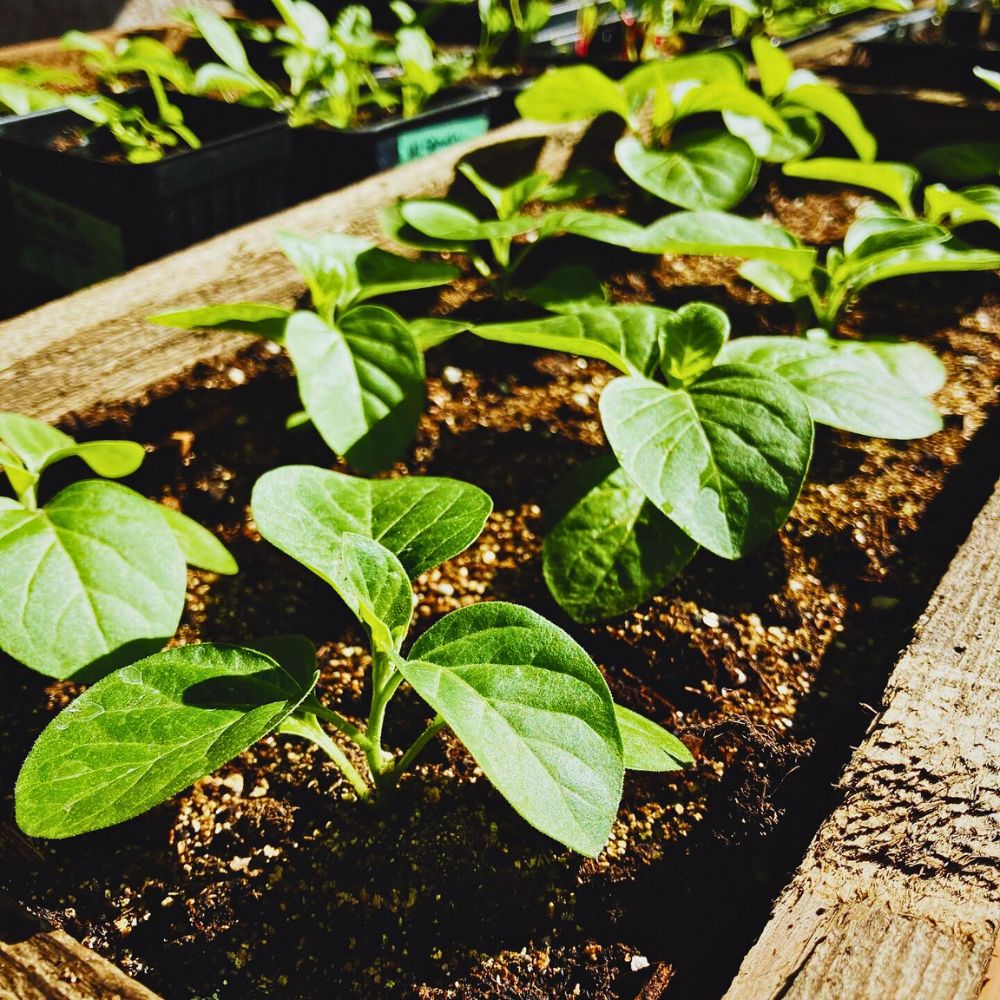
Once seedlings reach 10-15 cm (4-6 inches) in height, they can be transplanted to their permanent growing location. When one is curious about how to plant ashwagandha plants in their outdoor spaces successfully, spacing is important. Plants should be positioned 24-36 inches apart to allow for proper air circulation and root development. The timing of transplanting should coincide with the end of the frost season in temperate climates.
Caring for Ashwagandha Plants
Proper care ensures healthy growth and maximum yield from ashwagandha plants. Though relatively low-maintenance, these plants require attention to several key aspects of cultivation to thrive. Watering practices for ashwagandha plants should follow a ‘less is more’ approach. The plants prefer to dry out slightly between waterings; thus, they are ideal for gardeners who tend to underwater rather than overwater their plants. Deep, infrequent watering encourages strong root development and enhances the plant's natural drought tolerance.
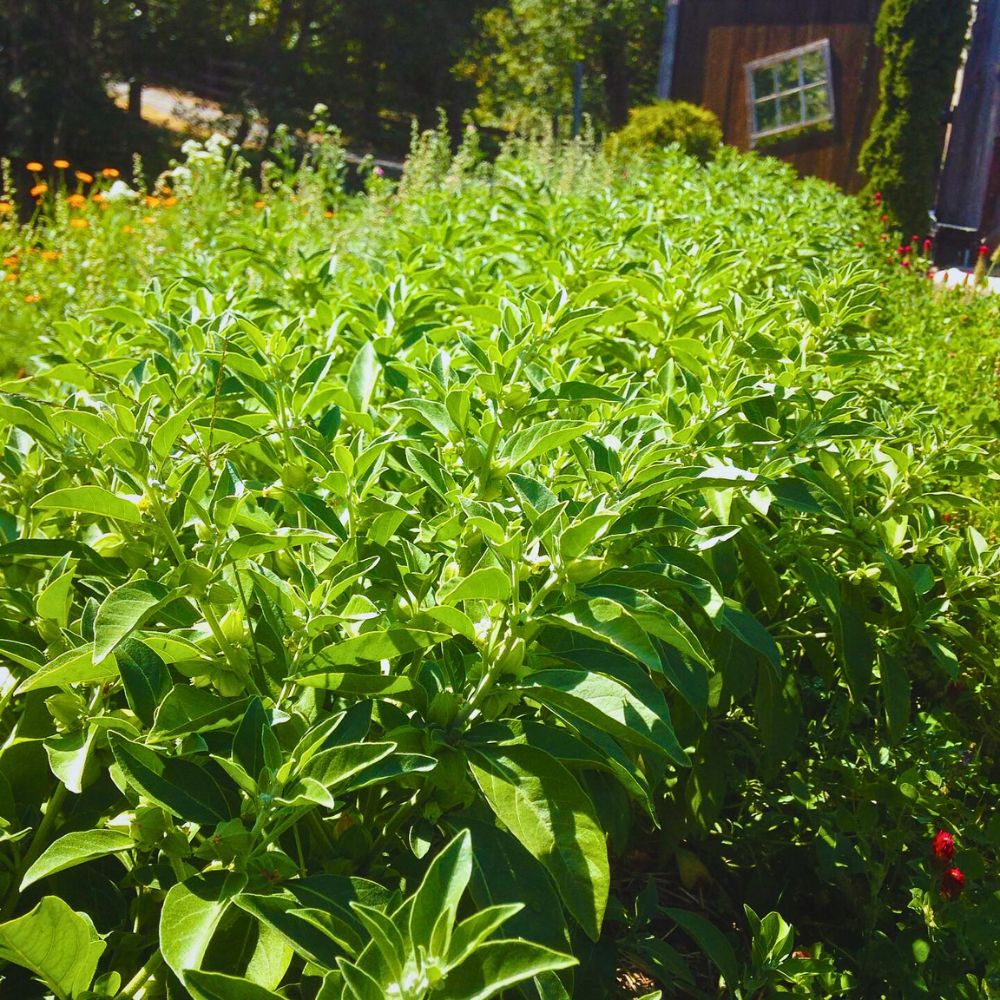
Fertilization of ashwagandha plants requires a conservative approach, particularly for those growing plants for medicinal purposes. Excessive fertilization can alter the beneficial compounds in the roots, so organic amendments like compost or aged manure are preferred over synthetic fertilizers. A light application of balanced organic fertilizer during the growing season typically provides adequate nutrition.
Pest and disease management for ashwagandha plants involves monitoring for common issues like aphids, spider mites, and fungal diseases like Alternaria leaf spot. Organic control methods using neem oil, insecticidal soaps, or beneficial insects often provide effective management without compromising the medicinal quality of the plants.
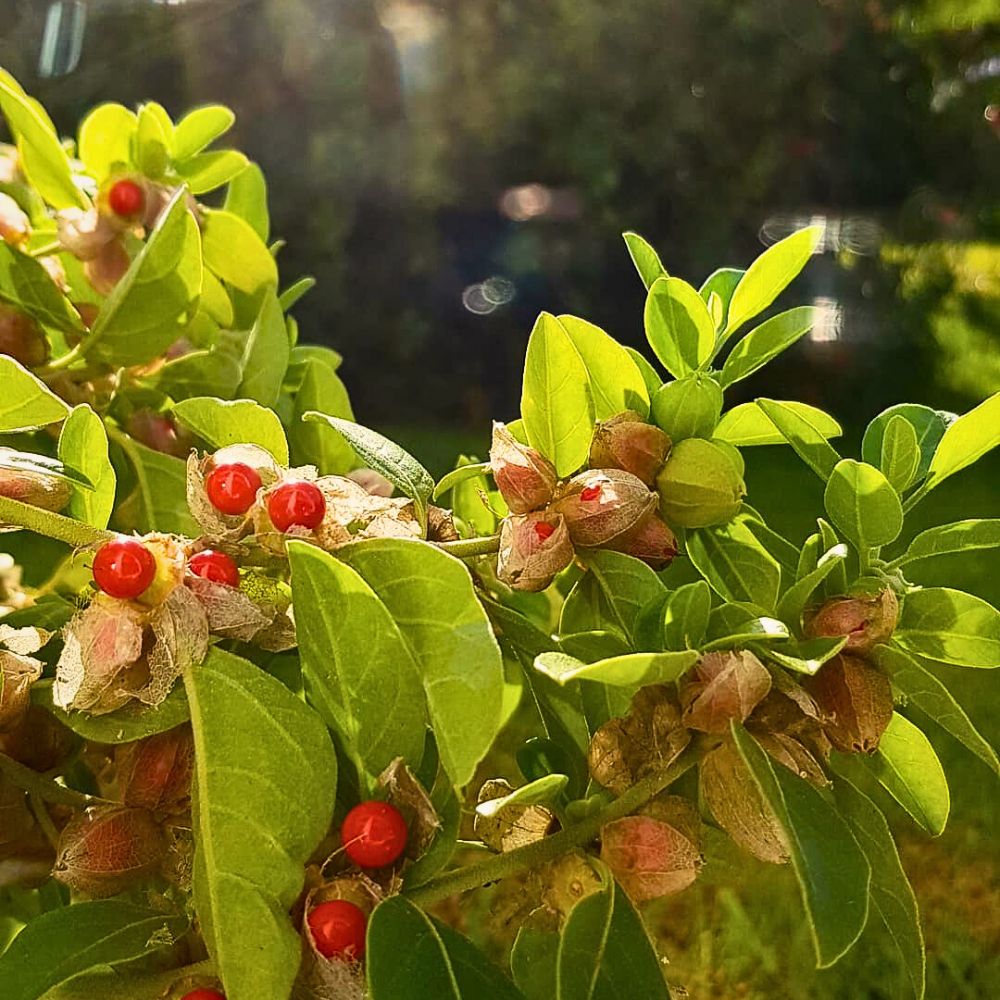
Where Can One Buy Ashwagandha Plants?
The growing popularity of ashwagandha has led to increased availability of plants through various commercial channels. Where to buy ashwagandha plants largely depends on one’s location and preferences for plant size and quality. Online nurseries offer one of the most convenient options for buying ashwagandha plants, with several reputable suppliers providing healthy specimens shipped directly to customers. These online sources often provide detailed growing instructions and guarantee plant quality. They, therefore, are particularly suitable for beginning growers.
Local nurseries and garden centers in areas with suitable climates may stock ashwagandha plants, particularly specialty nurseries focusing on medicinal or unusual plants. Contacting local nurseries directly can help determine availability and may provide opportunities to examine plants before purchase. Seed suppliers offer another mode of getting ashwagandha plants, though this requires more patience and effort compared to purchasing established plants. Seeds are typically more affordable and allow for growing larger quantities of plants; therefore, they are ideal for larger-scale cultivation.

Harvesting and Using the Ashwagandha
The primary value of ashwagandha plants lies in their roots, which contain the highest concentrations of beneficial compounds. Harvesting typically occurs 150-180 days after planting, when the plants have reached maturity as indicated by the development of ripe berries and yellowing foliage. Root harvesting involves carefully digging around the base of the plant to avoid damaging the valuable root system. The roots should be thoroughly washed, cut into manageable pieces, and dried in a shaded, well-ventilated area to preserve their potency. Properly dried roots can be stored for extended periods and used as needed.
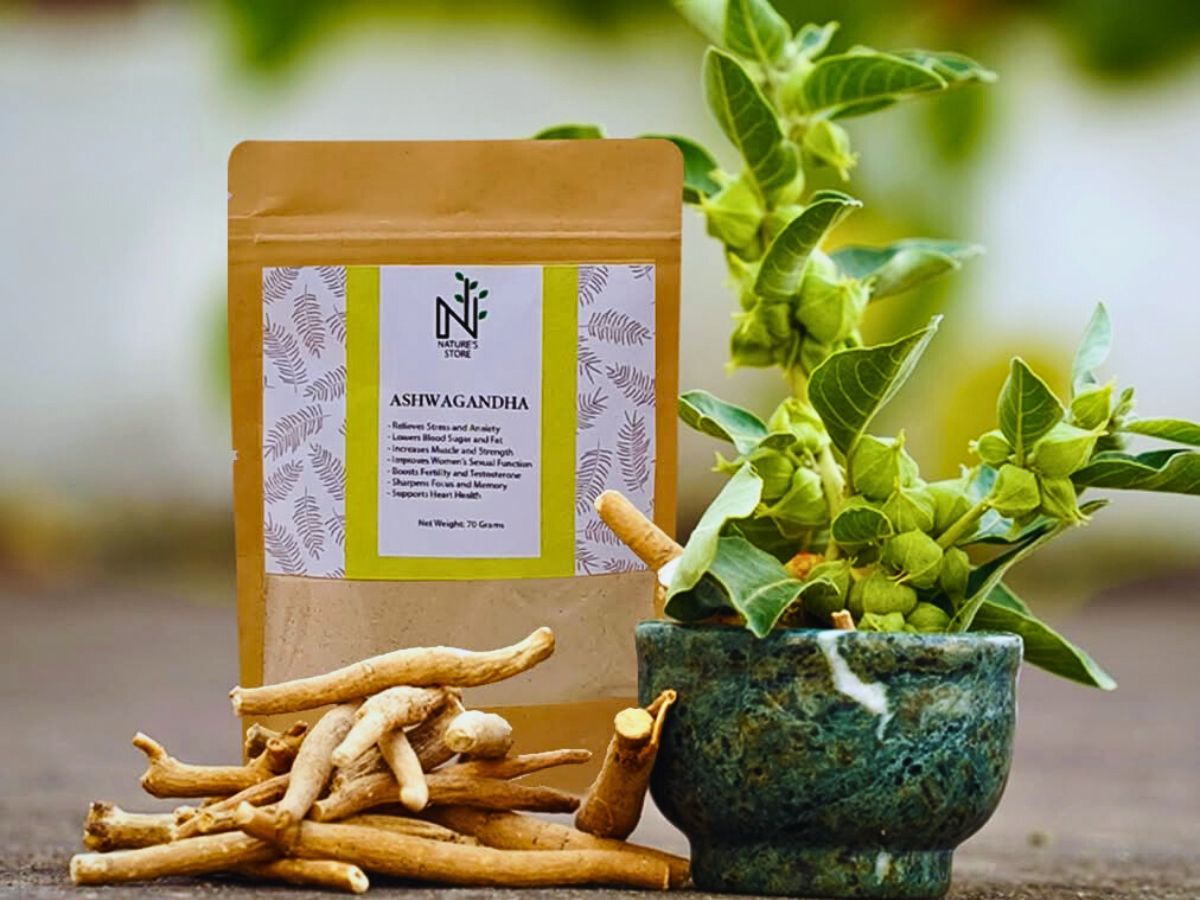
While roots remain the most valuable part of ashwagandha plants, the leaves also possess medicinal properties, though often considered to be in milder concentrations. The leaves can be harvested throughout the growing season and used fresh or dried for various applications. While the fruits, flowers, and seeds are less commonly used medicinally, they still remain significant. Virtually all parts of the ashwagandha plant have practical benefits and uses, which require comprehensive exploration as well.
Feature image by @oregonwildharvest, header image by Salicyna.

